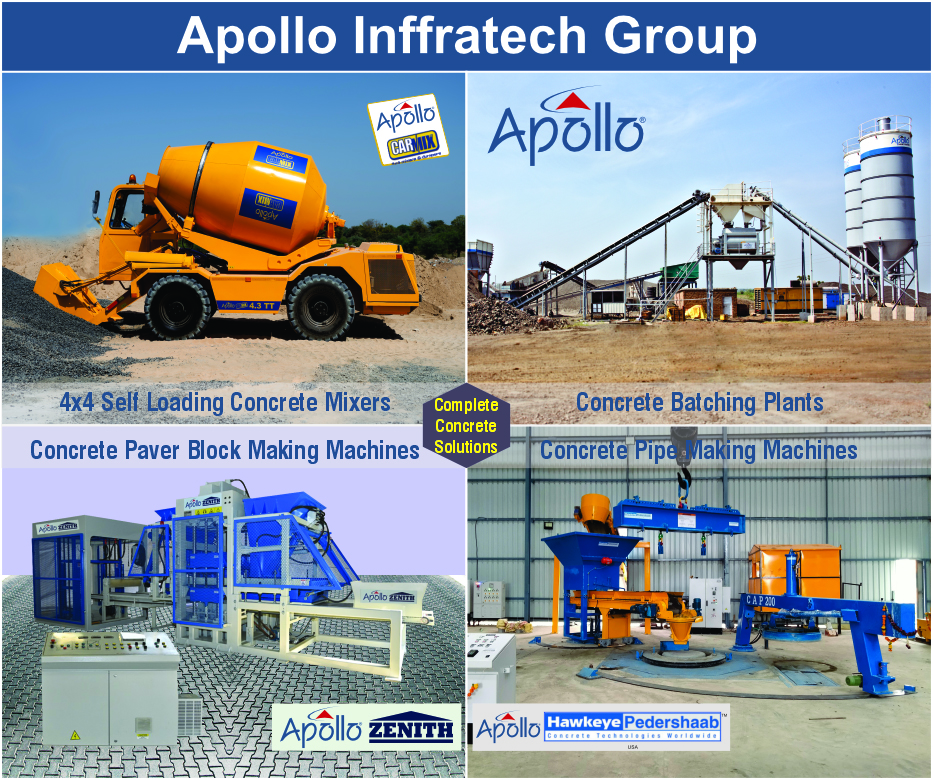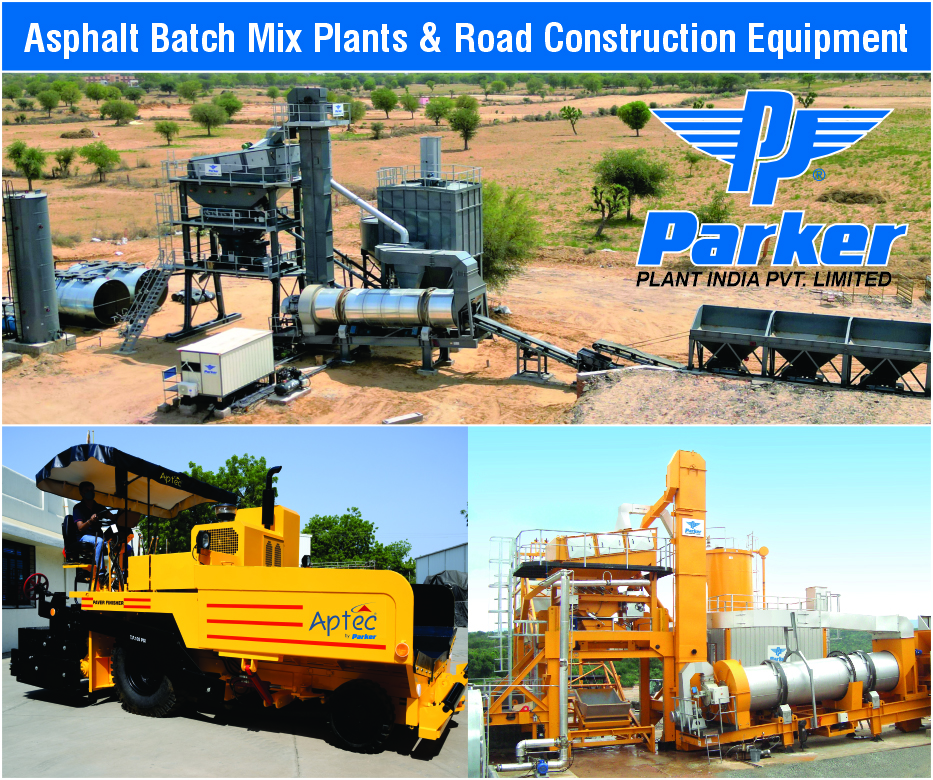The compact electric construction equipment market is poised for explosive growth, projected to climb from US $66.9 billion in 2025 to an anticipated US $177.8 billion by 2032, representing a robust 13.0% CAGR. Other studies align closely, estimating CAGR ranges between 12.7% and 14.3%, with market values spanning from US $196 billion by 2033 to nearly US $250 billion by 2034, depending on forecast sources.
Key Market Dynamics
-
Product Leadership: Excavators and loaders dominate demand due to versatility in urban construction, complemented by growing segments such as forklifts, skid steers, and aerial work platforms.
-
Regional Dominance: Europe leads in adoption, driven by stringent emission norms and green building mandates. Asia-Pacific is rising fast, backed by rapid urbanization and infrastructure modernization. North America also commands significant share, especially in highly regulated urban spaces.
-
Growth Catalysts: Rising demand in confined urban zones, strict environmental regulations, and pressure to cut emissions are primary accelerators of this shift.
-
Technology & Rentals: Advances in battery efficiency, smart automation, telematics, and rental service models are making these machines more attractive and cost-effective for on-the-ground construction needs.
-
Challenges Ahead: Despite clear benefits, adoption hurdles persist—namely, the higher upfront costs and limitations in charging infrastructure. Yet improved total cost of ownership and policy support are reversing these trends gradually.
Why It Matters
Compact electric machinery—such as mini-excavators and skid-steer loaders—is uniquely suited for urban environments, with lower noise and zero tailpipe emissions. These characteristics align perfectly with modern green building standards, sustainable infrastructure goals, and tightening emission norms in city centers.
Moreover, as governments globally double down on decarbonization efforts, cities like Oslo are setting real-world precedents—mandating emission-free construction equipment across city-managed projects and illustrating how policy can drive innovation and market maturity








